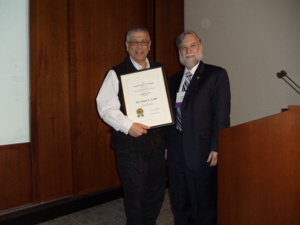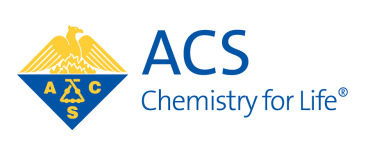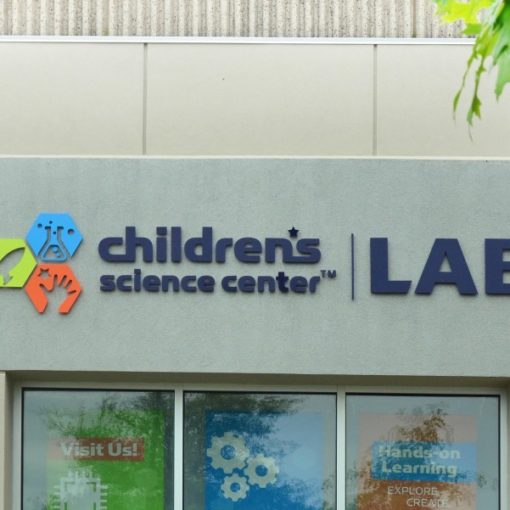Greenhouse Gas Removal by its Transformation to Valuable Commodities
Stuart Licht, Department of Chemistry, George Washington University

As the levels of carbon dioxide increase in the Earth’s atmosphere, this greenhouse gas’s effects on climate change including species extinction, flooding, draught, famine and economic disruption become increasingly apparent. An incentive to remove CO2 is provided by a low energy, low cost, high yield conversion to valuable products such as carbon nanotubes. Displaying superior strength, conductivity, flexibility and durability, carbon nanotube (CNT) applications had been limited due to the cost intensive complexities of their synthesis. An inexpensive source of CNTs made from carbon dioxide will facilitate the rate of its adoption as an important societal resource for the building, aerospace, transportation, renewable energy, sporting and consumer electronics industries, while concurrently consuming carbon dioxide. We present an inexpensive, high-yield and scale-able synthesis of CNTs.
We show a new, unexpected chemistry for the effective capture of CO2 and its transformation at high yield and low energy, by dissolution in a molten carbonate electrolyte, and electrolysis splitting it to carbon nanotubes and oxygen.1-7 The CO2 reactant is directly absorbed from air (without the need for pre-concentration), or can be used and removed from industrial, home or transportation emissions.
We show that common metals act as CNT nucleation sites in molten media to efficiently drive the high yield electrolytic conversion of CO2 dissolved in molten carbonates to CNTs. We accomplish this by electrochemically reducing CO2 on steel electrodes in a molten carbonate electrolyte. The CNT structure is tuned by controlling the electrolysis conditions, such as the addition of trace common metals to act as CNF nucleation sites, the composition of the carbonate electrolyte, and the control of temperature and current density. Upward scalability of the process is demonstrated over several orders of magnitude.
The Licht group at GW University is in the midst of the semifinals of the Carbon XPrize (we are the C2CNF team at carbon.xprize.org), a global competition to demonstrate the most valuable product from the CO2 emissions of fossil fuel power plants. Our goal is to transform CO2 from a pollutant to a desired resource. Molten carbonate electrolysis production is significantly less expensive than contemporary CVD and polymer pulling methods to produce carbon nanotubes or nanofibers, and uses CO2 rather than organometallics or polymers as the reactant. An inexpensive source of CNTs has a large demand as a preferred, lighter weight, stronger replacements to metals and plastics, which (in addition to the battery, nanoelectronics and catalysis applications) can provide a large market to mitigate anthropogenic carbon dioxide.



